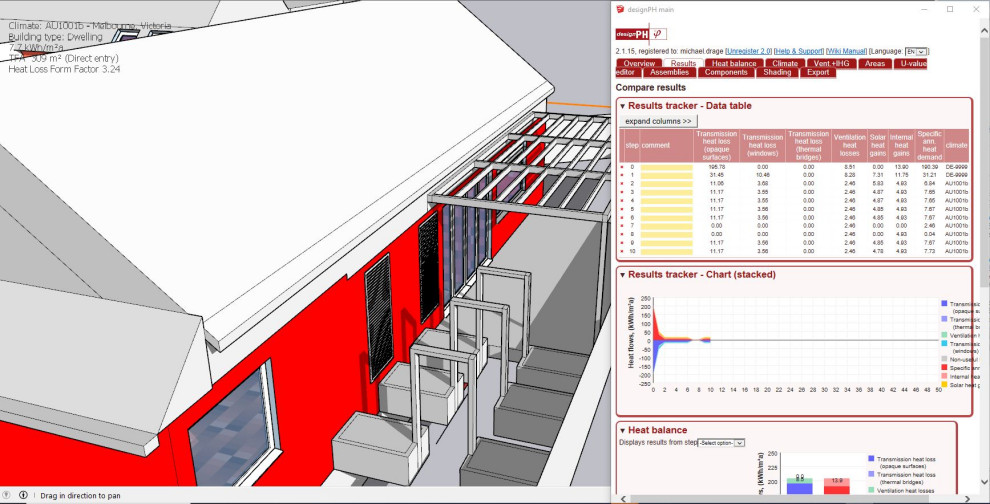Start Smart: Why Early Integration is Key to Passivhaus Success

No matter whether you’re pursuing full Passivhaus certification or simply aiming to design a home that follows Passivhaus principles, this advice applies.
To achieve a successful Passivhaus project and make informed design choices from the outset, it’s essential to assemble a diverse and experienced team early on. Engaging key contributors, including contractors, during the initial stages can provide invaluable insights into construction feasibility, costs, and procurement—particularly given the unique supply chain and subcontractor requirements for Passivhaus projects.
Key Steps for Building Your Passive House Team:
- Involve specialists such as a Passivhaus consultant, structural engineer, and building surveyor at the start.
- Select team members with proven Passivhaus experience, including your architect/designer, building services engineer (if required), structural engineer, and quantity surveyor.
- Bring a builder into the process during the Concept Design phase. Provide them with a clear brief for assessing buildability and procurement options. Ideally, choose a builder with a track record of delivering Passivhaus projects.
While the availability of certified Passive House designers and tradespeople has grown, practical experience is crucial. Certification alone doesn’t always equate to proficiency in the intricate detailing and construction processes required for Passivhaus standards.
If none of your team members have prior experience in delivering Passivhaus projects, engaging an experienced consultant is highly recommended. Beyond completing calculations, they can guide construction details, processes, and sequencing to ensure success.
Resolving Passivhaus Principles Early
It’s essential to address key Passivhaus challenges early—before reaching the planning stage. This proactive approach minimizes disruptions and ensures a smoother design and construction process.
Important Steps Include:
- Using the Passivhaus Planning Package (PHPP) early in the design phase to optimize outcomes.
- Simplifying the design for elegant Passivhaus solutions during concept development.
- Addressing building form rationalisation, glazing ratios, and construction methodologies with support from PHPP modeling.
- Developing a detailed cost model that incorporates elemental costing as much as possible.
Unfortunately, it’s common for some designers to treat Passivhaus projects as they would any standard design. This often results in significant adjustments later when the design is handed off to a Passivhaus specialist. A better approach is to integrate Passivhaus principles from the very beginning, ensuring that every design decision aligns with high-performance standards.
Balancing Passive Solar Design and Passivhaus Principles
Even within a Passivhaus project, passive solar design plays an essential role. Optimizing solar access can reduce energy demands by warming living spaces in winter while external shading helps mitigate heat in summer. Poor solar design may necessitate additional insulation or high-performance glazing, potentially impacting budget and design outcomes.
Ready to Begin Your Passive House Journey?
Investing in a passive house means investing in comfort, sustainability, and future savings. By assembling the right team early and embracing Passivhaus principles from the start, your project can achieve its full potential.
Let our experienced professionals help bring your passive house vision to life. Contact us today to begin your journey toward a sustainable, high-performance home.
